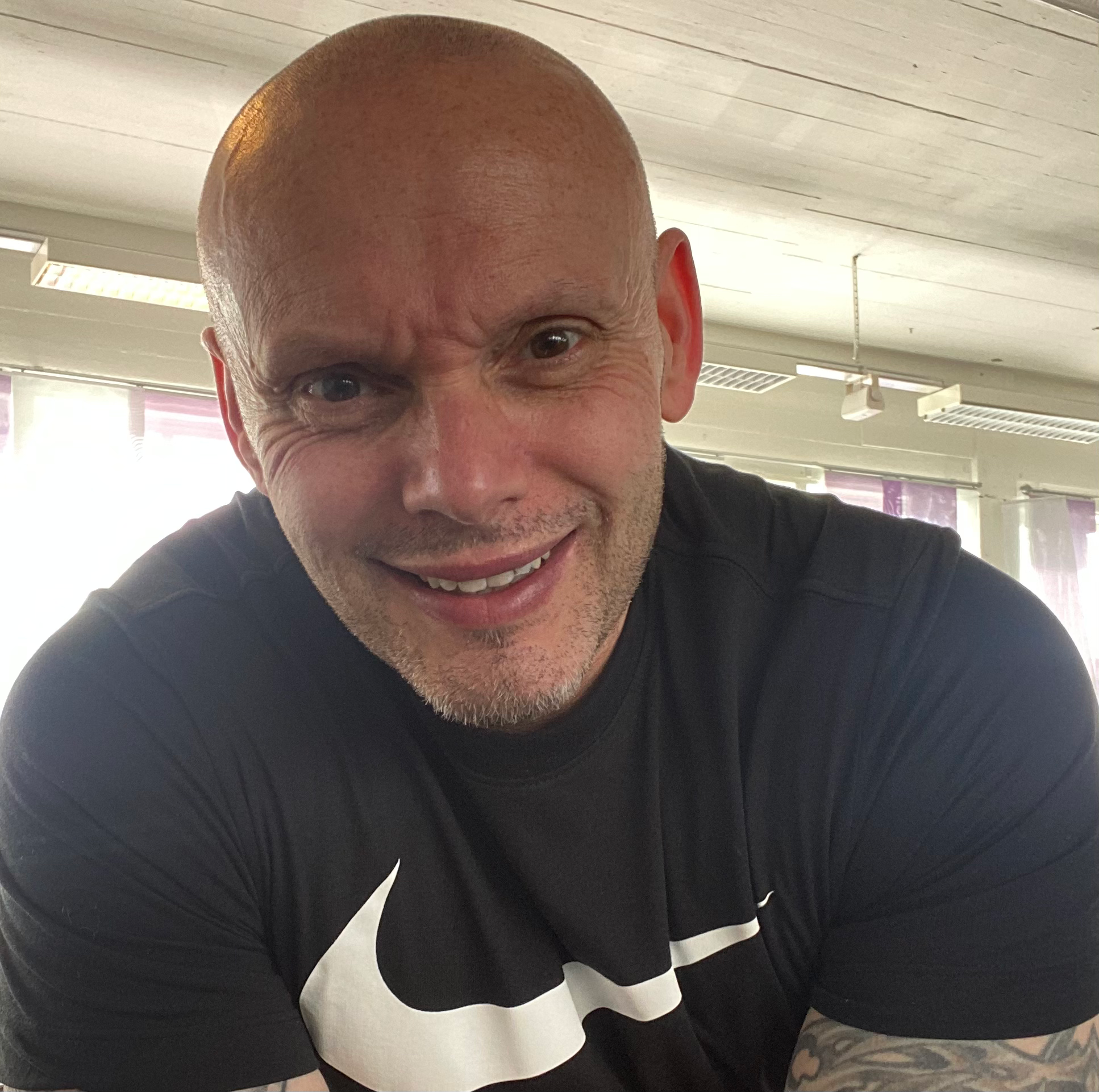Correct/incorrect hip firing pattern and stabilizing core for knee mobility
- Element Fitness

- Apr 19, 2022
- 2 min read

hypothesis that could be the answer for someone that’s having lower back pain, thigh or knee problems, or over sized thighs and not getting the growth in the glutes.( Ass muscles)this may shed light on a problem that could be fixed with some simple specific exercises.
Quadriceps (muscles used for knee extension)
Hamstrings (muscles used for knee flexion)
Hip flexors (Muscles used for hip hinge flexion/extension of the hips)
Hip flexors are the rectus femoris, iliacus, psoas, iliocapsularis, and sartorius muscles.
The rectus femoris muscle of the thigh passes over two joints, it as a proximal attachment at the anterior inferior iliac spine and the acetabulum making it both a knee extender and it can work as a hip flexor.
Wrong firing patterns of the hip can cause the wrong muscle to compensate or over compensate for the muscle that’s down regulating. This would cause thigh problems. Glutes or Hamstring. (Depending)
Wrong firing patterns in the glute can cause over use of the hamstrings and may cause improperly use of the quadriceps.
Correct Firing pattern: Example.
The Glute on the left side should fire then the same side hamstring and then the contralateral (oppersite side) quadratus lumborum (QL)will fire.
Over striding or leaning over forwardly causing wrong firing pattern:
Left glute, cont QL and then left hamstring
Backwards pattern causing inverted implosion of energy (we need explosion of energy)
The third wrong pattern especially with runners: example.
Left QL fires then the right hamstring and then the right glute, imploding energy. Causing lower back and glute problems.
Overworking quads can usually be a Psoas problem. If the psoas isn’t as functional as it should be,the quads will have to do hip flexion without the correct assistance from the hip flexors, Hip flexors are the, iliacus, psoas, iliocapsularis, and sartorius muscles.
When the quadriceps doesn’t have to over work and the glute works efficiently athletes can jump higher run faster. And the body works optional with out injury pains.
The psoas is important also for your breathing patterns
The facia from the psoas are connected to the diathram. The psoas being a part of the hip flexor and the diafram, stressful breathing will shorten the psoas and cause tightness of the lower back and glutes. Para sympathetic breathing(use some tummy not just chest)
This will cause the psoas to relax,be lose and lengthen. If the psoas is short and tight then the antagonist (oppersite/helping muscle) to this muscle is the glute, this could also make the tensor fasciae latae (TFL the muscle down the side of the thigh)be unstable and overcompensate or down regulate.The glute would also down regulate and or not function sufficiently (lower back and hip flexor problems)
This could in some situation cause the rectus femoris to overcompensate.
Causing pain to hip lower back and thigh.
Weak hips, and inverted knee , can be signs of abductors and adductors on runners, getting knees to straight to the line of force is optimal. focussing on the abductors would be my theory piriformis, superior gemellus, inferior gemellus, tensor fasciae latae(mentioned earlier) sartorius,gluteus medius, and gluteus minimus.(gluteus Maximus for stabilizing) Stabilize the knee hip and S I. Joint. The term core muscles: knee to chest.

Comments